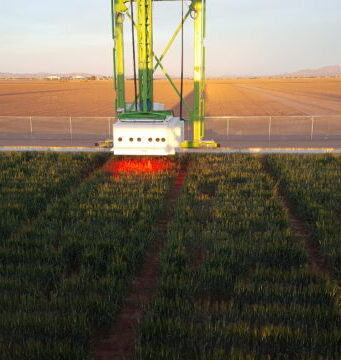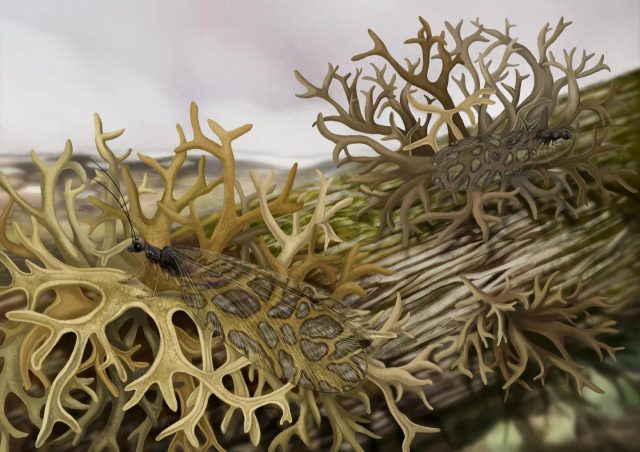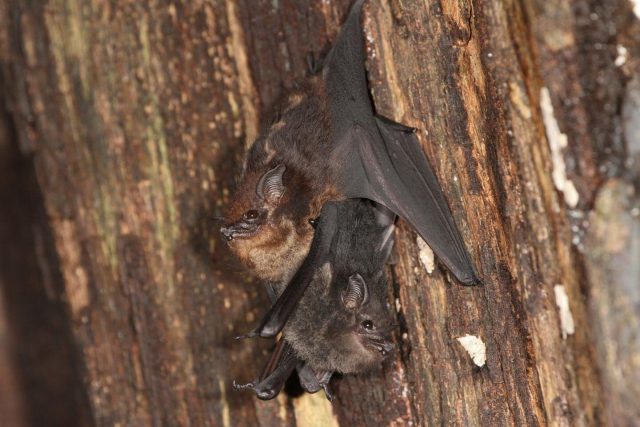Anatomists identify a vestigial first digit in the forelimb of the African wild dog and document anatomical adaptations to its unique lifestyle of long-distance running and exhaustive predation
African wild dogs (Lycaon pictus) are known for their unique hunting style,...
Bulked-up, mutant "mighty mice" held onto their muscle during a monthlong stay at the International Space Station, returning to Earth with ripped bodybuilder physiques, scientists reported Monday.
The findings hold promise for preventing muscle and bone loss in astronauts on prolonged space trips like...
A new study has for the first time illuminated the evolutionary history of the bizarre anti-predator defense—the praying mantis startle display—and suggests that the element of surprise may be key to its success.
Researchers from Western Sydney University, the University...
Human societies developed food preferences based on a blend of what was available and what the group decided it liked most. Those predilections were then passed along as part of the set of socially learned behaviors, values, knowledge, and...
Scientists have uncovered the earliest known evidence of an insect mimicking a lichen as a survival strategy, according to new findings published today in eLife
The study suggests that the Jurassic moth lacewing Lichenipolystoechotes mimicked the fossil lichen Daohugouthallus to help conceal itself from predators. This...
Plants have a unique ability to safeguard themselves against pathogens by closing their pores—but until now, no one knew quite how they did it. Scientists have known that a flood of calcium into the cells surrounding the pores triggers...
An international study co-led by the Monash University School of Biological Sciences has discovered a stem-cell promoting hormone in the liverwort Marchantia polymopha.
The discovery, published today in Current Biology, provides a new understanding of the evolution of plant morphology.
Marchantia, a...
The evolution of limbs with functional digits from fish fins happened approximately 400 million years ago in the Devonian. This morphological transition allowed vertebrates to leave the water to conquer land and gave rise to all four-legged animals or...
When talking to babies, humans slow down their speech, raise their pitch and change the "color" of their voice. This 'baby talk,' as people know it, increases the infant's attention and facilitates language learning. Among animals, mothers often engage...
The mystery of why zebras have their characteristic stripes has perplexed researchers for over a century.
Over the last decade, Professor Tim Caro at the University of Bristol's School of Biological Sciences has examined and discredited many popular theories such...
From the four-foot-tall emperor penguin to the aptly named foot-long little penguin, these unique flightless birds have invaded habitats from Antarctica to the equator, not to mention the hearts of the public.
A comparison of the full genomes of 18...


















